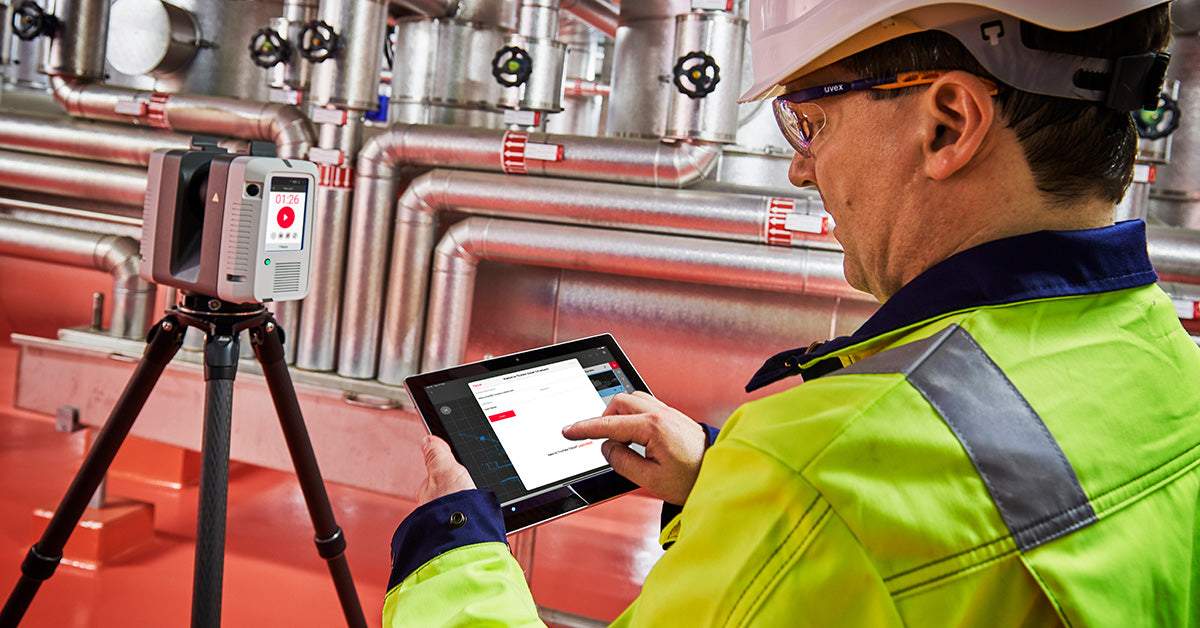The construction and engineering industries are increasingly relying on advanced technologies to meet growing demands for accuracy and efficiency, and the 3d laser scanning service has emerged as one of the most transformative solutions. This service enables professionals to capture precise, three-dimensional digital models of physical spaces, providing invaluable data for planning, design, and execution. By replacing traditional measuring methods, which are often time-consuming and prone to human error, 3D laser scanning ensures that every dimension and detail is documented with remarkable precision, ultimately streamlining projects and reducing the risk of costly mistakes.
A 3D laser scanning service works by projecting laser beams that bounce off surfaces and record millions of data points, creating a detailed “point cloud” representation of the environment. This point cloud forms the basis for highly accurate digital models that can be used across various stages of construction and engineering projects. Architects and designers can use this data to plan renovations or new builds with confidence, while engineers and contractors benefit from the ability to identify potential design clashes, structural inconsistencies, or installation challenges before work begins. The precision provided by 3D scanning not only saves time but also significantly reduces the likelihood of errors that could delay a project or inflate costs.

The versatility of 3D laser scanning extends across multiple sectors beyond traditional construction. In industrial applications, it is used to map machinery, pipelines, and complex systems for maintenance, retrofitting, or safety inspections. Historical preservation projects also gain from this technology, as it captures intricate details of heritage structures and monuments, creating digital archives that support restoration and conservation efforts. Interior designers and facility managers can similarly leverage 3D scans to plan layouts, visualize changes, and communicate designs to clients with unmatched clarity. The ability to document existing conditions so precisely ensures that all interventions are based on accurate, real-world data.
Another significant benefit of a 3D laser scanning service is the enhancement of collaboration among project teams. The digital models generated from scans can be easily shared across architects, engineers, contractors, and clients, providing a common platform for analysis and decision-making. This shared understanding reduces miscommunication, accelerates approvals, and ensures that all stakeholders are aligned on project objectives. Integration with Building Information Modeling (BIM) software further amplifies the value of 3D scanning, enabling detailed simulations, clash detection, and more efficient project management from start to finish.
As technology advances, 3D laser scanning has become more accessible, portable, and cost-effective, making it easier for organizations of all sizes to incorporate this service into their workflows. Companies that adopt 3D scanning gain a competitive edge by delivering projects with higher accuracy, fewer delays, and improved resource efficiency.
In conclusion, the 3D laser scanning service is redefining how modern construction and engineering projects are planned and executed. By providing precise, detailed, and shareable digital models, it enhances accuracy, boosts collaboration, and reduces costs. Embracing this technology is no longer optional—it is essential for professionals who aim to deliver superior results in today’s competitive and fast-paced industry.
Apex 3D Scanning Solutions
2520 Shannon Dr, Murfreesboro, TN 37129
(615) 425-8735